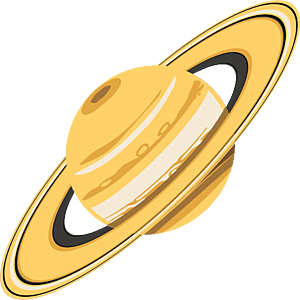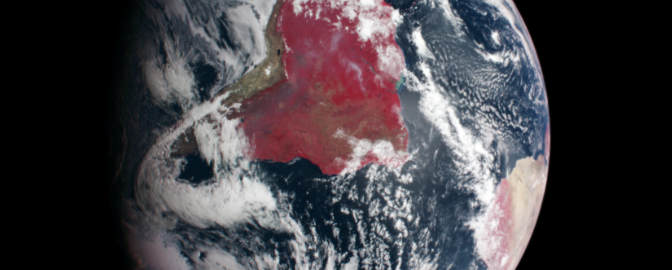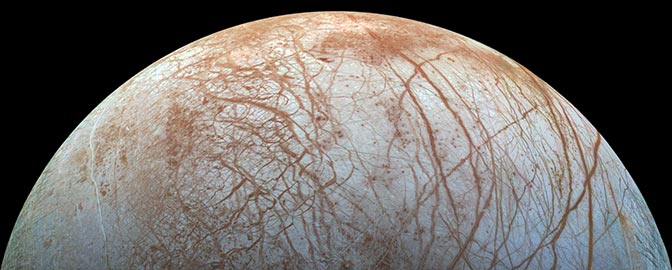The Downlink • Oct 10, 2025
A good day to save NASA science
Space Snapshot

This week, nearly 300 people from across the country traveled to Washington, D.C., to participate in the Save NASA Science Day of Action. These advocates met with representatives from nearly 250 congressional offices to speak about the importance of NASA's science program, which is facing its largest proposed cut in history. Planetary Society members around the country also called and emailed their representatives, sending more than 1,300 messages of support in a single day. Image credit: Jason Dixson for The Planetary Society.
Fact Worth Sharing

The Save NASA Science Day of Action was the largest advocacy event in The Planetary Society’s history. With NASA facing unprecedented threats, a show of support like this has never been more important.
Mission Briefings


A protoplanet has been directly imaged orbiting inside a ring around a star. The exoplanet, named WISPIT 2b, is embedded in a ring-shaped gap in a disk encircling a young star more than 400 light-years away from Earth. While planets have been found to exist in gaps like this, this is the first confirmed one in a gap between multiple rings. Pictured: The WISPIT 2 system imaged by the Magellan Telescope in Chile and the Large Binocular Telescope in Arizona. The protoplanet is the small purple dot to the right of a bright white ring of dust, inside of another, fainter ring. Image credit: Laird Close/University of Arizona.

Mars spacecraft spotted interstellar comet 3I/ATLAS as it flew by. The European Space Agency’s ExoMars Trace Gas Orbiter captured an image of the comet as it flew past at a distance of about 30 million kilometers (about 19 million miles). ESA’s Mars Express orbiter also attempted to image 3I/ATLAS, and NASA’s Perseverance rover may have as well.

Cassini data support the idea that Enceladus could be habitable. New analysis of data from the mission to the Saturn system has found signs of previously undiscovered kinds of complex organic molecules spewing from geysers in the moon Enceladus, suggesting that complex chemical reactions may be taking place in its subsurface ocean. This may increase the likelihood that Enceladus could be hospitable to life.
From The Planetary Society


See (and hear) more from the Day of Action. This week’s Planetary Radio takes you inside the Save NASA Science Day of Action. Hear from Planetary Society leaders, including CEO Bill Nye, Chief of Space Policy Casey Dreier, and Board Director Britney Schmidt, about what it was like to see hundreds of advocates come together to defend the future of space science, the power of grassroots advocacy, and what comes next for the Save NASA Science campaign. You can also watch the event’s press conference and see Bill Nye speaking on CBS News about the event. Image credit: Jason Dixson for The Planetary Society.

STEP Grants are fueling the future of space exploration. Dr. Jacob Buffo of Dartmouth College knows just how impactful these grants can be. He joined a live virtual event led by Planetary Society Chief Scientist Bruce Betts last week to talk about how the STEP Grant his team won has enabled them to study sites on Earth that can teach us about conditions on Mars and other worlds. With support from people like you, we can fund promising and innovative projects through this program. Make a gift today to help fund the next round of grant winners!

Comet 3I/ATLAS is all over the news. Here’s what you need to know about it. Our guide to the interstellar object covers everything you should know, from its origins to how close it will come to Earth and the science it’s enabling.
What's Up

After sunset, find reddish Mars very low in the west and yellowish Saturn in the east. Very bright Jupiter rises around midnight, joining the Moon on Oct. 14, and shines high overhead before dawn. In the early morning, Venus shines brightly in the east. Learn what else to look for in October’s night skies.
Help save space missions. Join today!

If you are not already a member, we need your help. NASA is at a crossroads, and your support is needed today! Funding for space science and exploration is at risk. It needs the support of passionate advocates like you.
NASA is facing major budget cuts for the first time in a decade, and thousands of skilled scientists, engineers, and technicians have already been laid off at NASA centers across the United States. NASA funding must grow, not shrink, if the agency is to succeed in returning to the Moon, exploring the Solar System, and seeking out life beyond Earth.
We must prevent budget cuts. When you become a member of The Planetary Society, you join the world’s largest and most influential space advocacy nonprofit. Will you join us and enable the future of space exploration?
Send us your artwork!
We love to feature space artwork in the Downlink. If you create any kind of space-related art, we invite you to send it to us by replying to any Downlink email or writing to [email protected]. Please let us know in your email if you’re a Planetary Society member!


 Explore Worlds
Explore Worlds Find Life
Find Life Defend Earth
Defend Earth


